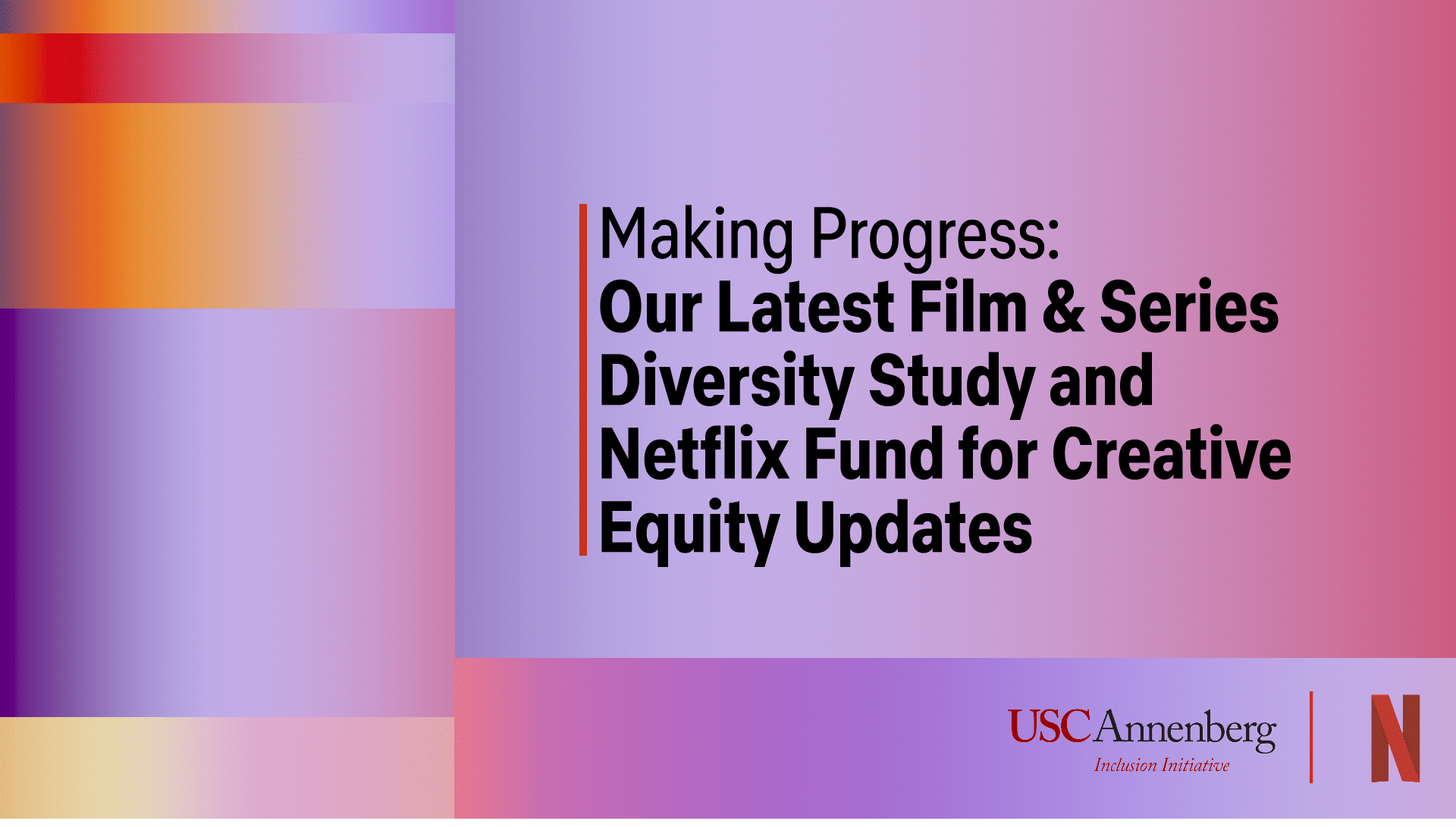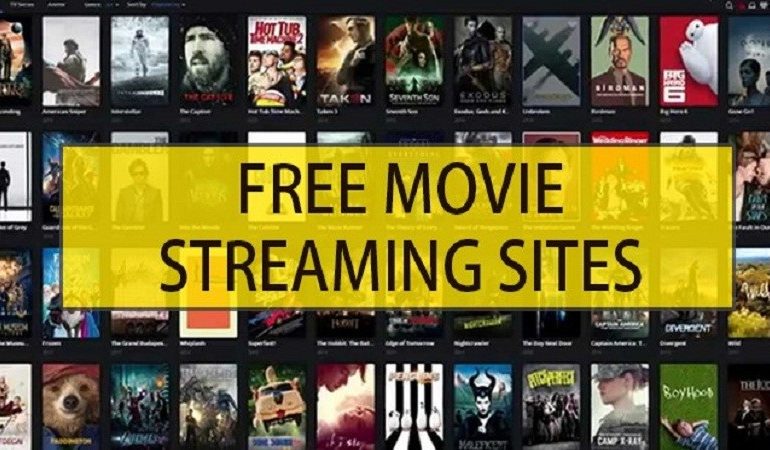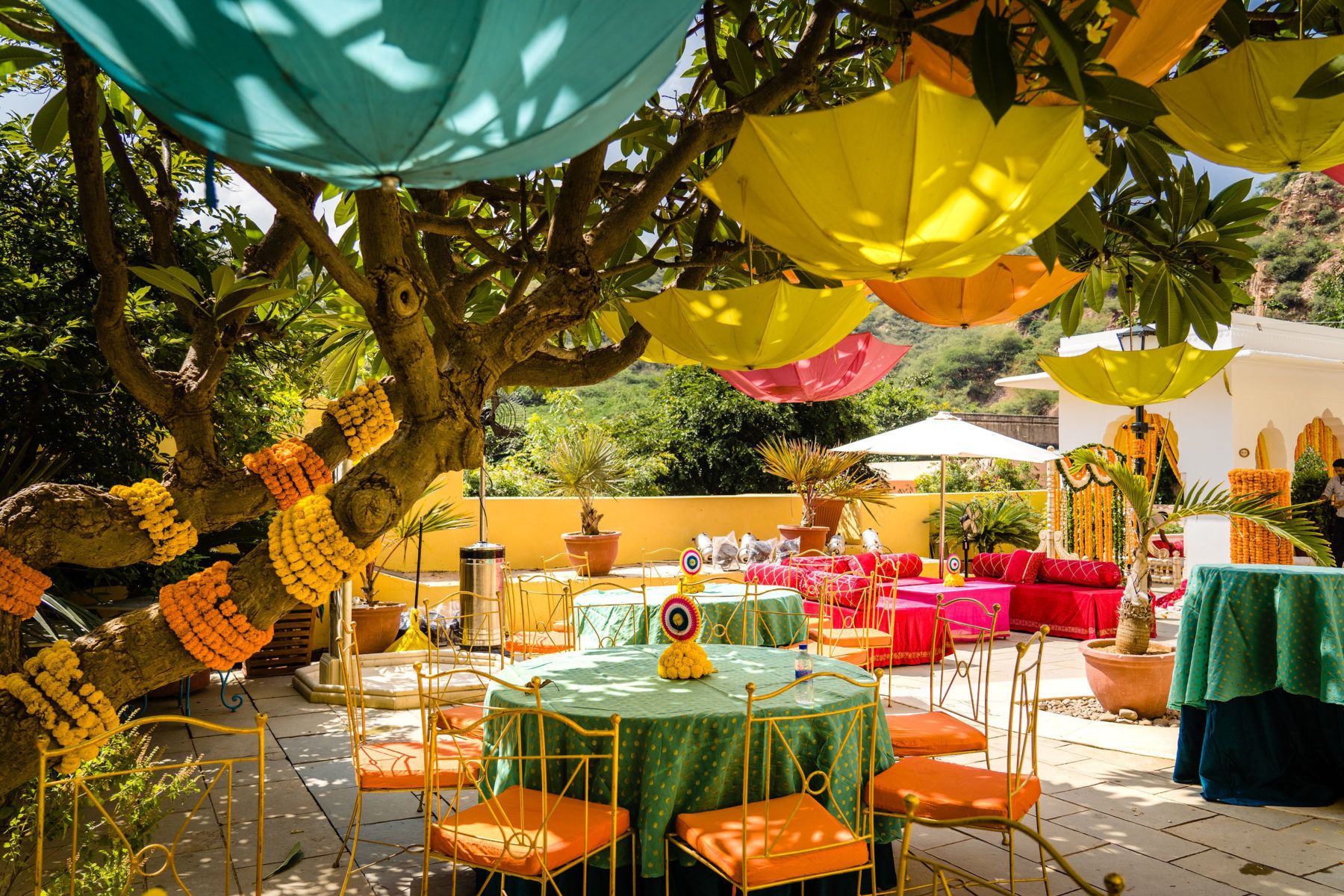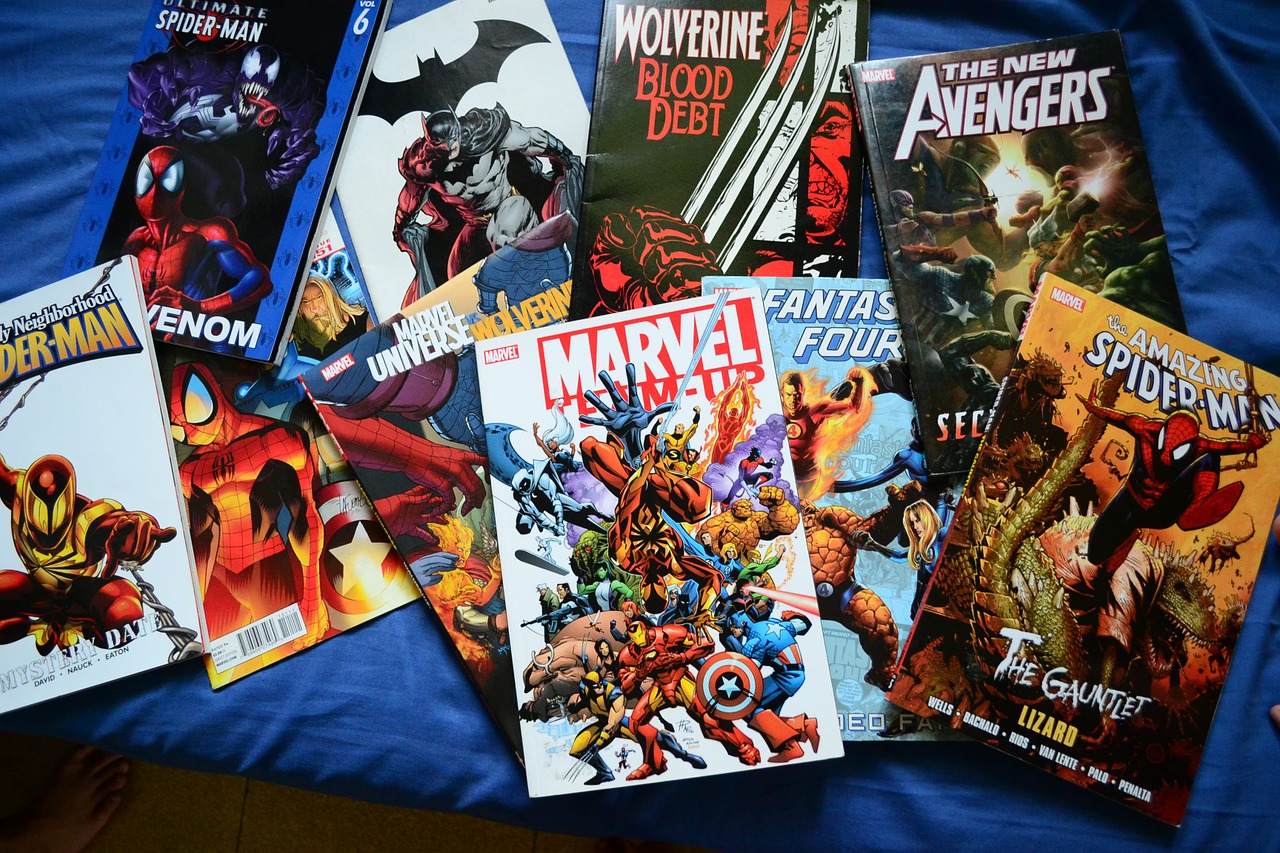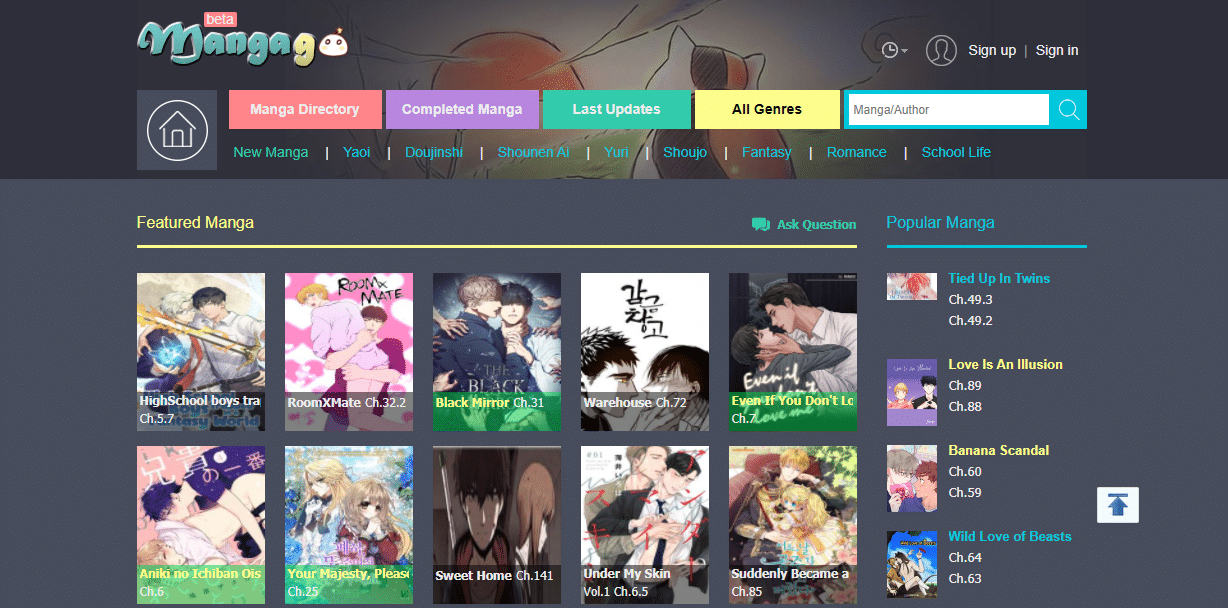This post was originally published on this site
Listen to the audio version of this article below.
Growing up as an Indian girl in the UK, Zambia and later America, I noticed that nobody looked like me on TV or in the movies I loved and that no one was telling stories like mine. Soon after getting my foot in the door at a network and giving notes on dozens of scripts a month, I realized that my heritage is a superpower: it allows me to see stories from different perspectives. Today I am excited as ever about working with creators from around the world to share and elevate new stories. And as part of that, I think it’s important to understand which voices we may not be hearing from.
This is why two years ago Netflix partnered with Dr. Stacy L. Smith and the USC Annenberg Inclusion Initiative to examine several inclusion metrics (e.g., gender, race/ethnicity, LGBTQ+, disability) in our US-commissioned films and series. We committed to releasing our progress every two years through 2026 to help keep us accountable and effect lasting change in our industry.
From our work with USC, we know that more inclusion behind the camera leads to better representation on screen. So in 2021, we also established the Netflix Fund for Creative Equity to invest $100 million over five years into creating more pathways for talent from underrepresented communities across the world. Today, we’re sharing our progress and the next round of results.
Our Latest Study with the USC Annenberg Inclusion Initiative
The new findings, looking at Netflix US films and series from 2020-2021, show notable improvements year-over-year for women and people from underrepresented racial/ethnic groups:
-
Netflix achieves gender equality in leading roles: More than half (55%) of all Netflix films and series from 2018-2021 featured a girl or woman as the lead or co-lead.
-
Increased representation for people of color in leading roles: In 2020-2021, nearly half (47%) of Netflix films and series featured a lead or co-lead from an underrepresented racial/ethnic group.
-
More women behind the camera: In 2021, 26.9% of directors on Netflix films were women, compared to 12.7% across top-grossing films that same year. And 38% of show creators in 2021 were women, substantially higher than 26.9% in 2018.
-
Significant strides for women of color in front of and behind the camera: Women of color increased significantly as series directors from 5.6% in 2018 to 11.8% in 2021 — with similar growth for writer and creator roles. Nearly a third of films (27.7%) and more than half of series (54.75%) in 2021 had women of color as leads/co-leads.
However, the results also reveal that gaps persist for some specific racial/ethnic groups, including Latinx, Middle Eastern/North African, Indigenous and Native Hawaiian/Pacific Islander communities. And there is still significant room to improve the representation of characters with disabilities. Read the executive summary here and the full report here.
Our Progress on the Fund for Creative Equity
In 2021 we created the Netflix Fund for Creative Equity — a dedicated effort to help train creatives for job opportunities on Netflix productions and set talent up for success in entertainment:
-
Investing in emerging talent across the world: In just two years, we’ve invested $29 million in more than 100 programs, partnering with over 80 organizations in more than 35 countries.
-
Developing above and below the line pipelines: The Fund has supported over 4,500 creatives — including directors, producers, writers, visual effects artists and more — by providing resources and training to help prepare them for work in their local industries. Additionally, short films from Netflix-funded programs have played at over 40 film festivals.
-
Creating opportunities on Netflix productions: We’ve placed 395 creatives from our programs on Netflix productions in a variety of roles, ranging from line producers and associate editors to casting assistants and grips. These trainees have worked on Netflix projects around the world, including Queen Charlotte: A Bridgerton Story in the United Kingdom, Lupin in France, Blood Sisters in Nigeria,You Are So Not Invited To My Bat Mitzvah! in Canada as well as Day Shift and Rebel Moon in the United States. Participants of our Series Director Development Program also directed episodes on some of Netflix’s most talked about series such as Ozark, Family Reunion, On My Block, Lost in Space and more.
You can see more program highlights here. We know there is still much more work to be done, and today we’re excited to announce several new programs, including:
-
Shondaland Producers Inclusion and Ladder Initiatives (US): The new iteration of the Producers Inclusion Initiative will train underrepresented line producers within the studio system. Additionally, 13 trainees are currently placed in production and technical roles on the set of The Residence, an upcoming Netflix series.
-
Gold Producers Accelerator presented by Gold House, AUM and Netflix (US): Led by Nina Yang Bongiovi, this program will give Asian and Pacific Islander producers paid shadowing placements on independent films, as well as mentorship and customized masterclasses.
-
imagineNATIVE Production Mentorship Program (Canada): Indigenous creatives will receive paid onset mentorship opportunities on a production in Canada.
-
Netflix x Film Companion Take Ten Program (India): Five emerging filmmakers in India will create a limited series and get a chance to learn from leading industry professionals.
-
European Audiovisual Entrepreneurs (EAVE), House of Europe, the New York Film Academy and the Ukrainian Film Academy (Ukraine): Applications are now open for a new series of digital masterclasses for Ukrainian producers and line producers.
We’re encouraged by this newest round of results and the impact we’re seeing through the first two years of the Fund for Creative Equity. But we know that driving real change, not only at Netflix but industry-wide, means continuing to think about whose voices are still missing and discovering the next generation of storytellers.

